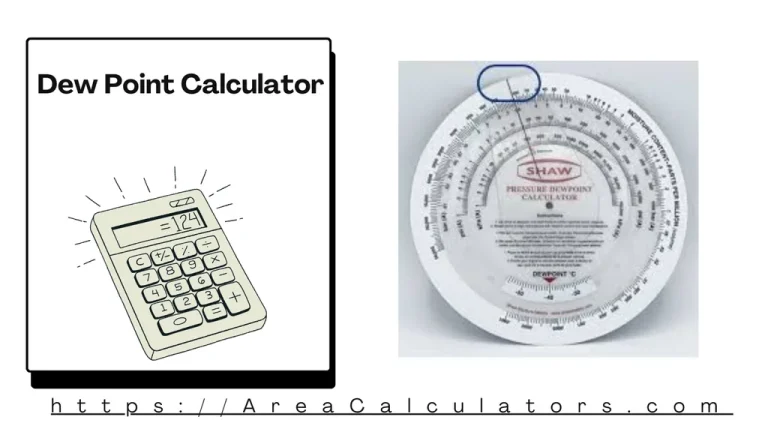Prevalence Calculator [Population Affected In An Area]
To find prevalence, divide the number of total cases by the total population, then multiply by 100 to get a percentage.
To find prevalence, divide the number of total cases by the total population, then multiply by 100 to get a percentage.
P = TC ÷ TP × 100
| Variable | Meaning |
|---|---|
| P | Prevalence (%) |
| TC | Total Cases |
| TP | Total Population |
Let’s say you’re studying how many people in a city have diabetes. You know the number of diagnosed cases and the total population. But how do you turn that into something meaningful? That’s where the Prevalence Calculator helps. It shows what percentage of a population has a specific condition at a given point in time.
This tool is key in epidemiology, research, and health planning. Whether you’re looking at a point prevalence, true prevalence, or using it for large groups, it gives quick and clear answers. There are advanced versions too, like the prevalence calculator with confidence interval, sample size prevalence calculator, or population prevalence calculator for bigger studies.
It’s often used with tools like a percentage calculator, cumulative incidence calculator, or even for finding prevalence ratio and prevalence odds ratio. If you’re wondering how to calculate prevalence rate per 100,000 or need to explore disease patterns over time, this calculator makes the numbers easy to understand and use.
To calculate ERG output, divide your distance by 500, then multiply by your split time times 5. Formula: T = D ÷ 500 × 5S Table of Variables Variable Meaning T Time or Output D Distance (in meters) S Split (per 500m) What is an ERG Calculator | Let’s Find Out Your Running, Rowing Or…
To calculate absolute risk reduction, take the event rate in the control group and subtract the event rate in the group that received treatment. Formula ARR = CER – EER Table of Variables Variable Meaning ARR Absolute Risk Reduction CER Control Event Rate EER Experimental Event Rate What is an Absolute Risk Reduction Calculator &…

To determine your draw length, subtract 15 from your wingspan and divide the result by 2. The Draw Length Calculator is an essential tool for archers to find their ideal draw length based on their physical dimensions, particularly wingspan. Proper draw length ensures optimal shooting form, accuracy, and comfort, whether using a recurve or compound…
To calculate how far you’ve run, multiply your pace by the total time you spent running. Formula: D = P × T Table of Variables Variable Meaning D Distance (in km or miles) P Pace (speed per hour) T Time (in hours) What is a Run Distance Calculator: Finding Run Distance Made Easy Let’s say…
To find how many calories you burn during a lifting session, multiply your weight by the MET value of the activity, then multiply by the duration in hours. Formula: Calories Burned = (Weight × MET value) × (Duration ÷ 60) Table of Variables Variable Meaning Weight Body Weight (kg) MET value Metabolic Equivalent for lifting…